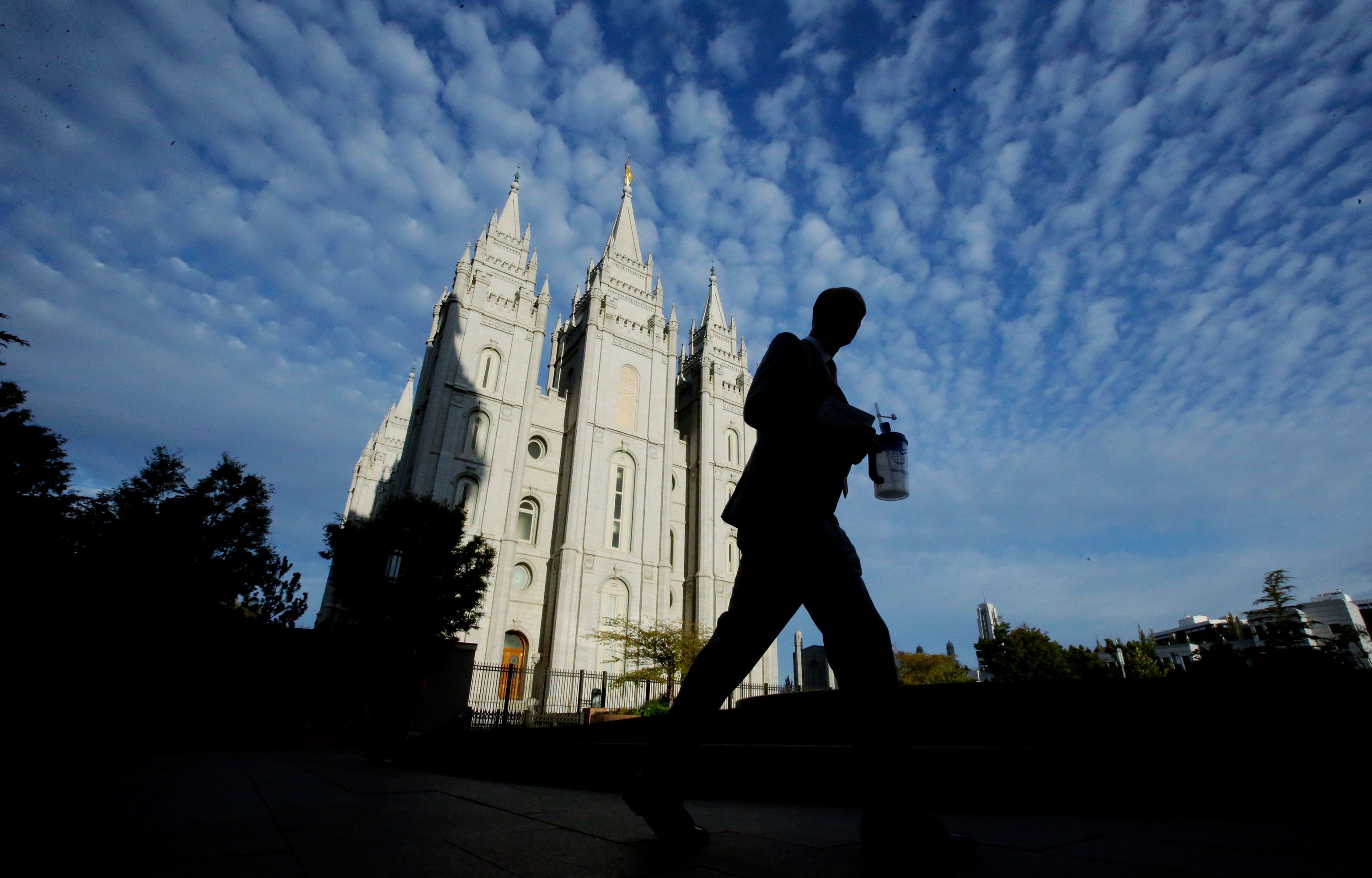The Church of Jesus Christ of Latter-Day Saints (often referred to simply as the Mormon Church) has a rich tradition of race relations. This is especially the case for Blacks in Mormonism. This article aims to provide an accurate and impartial examination of the historical treatment of Black members of the Mormon Church and to discuss the policies that were applied and how the Church has evolved to disavow traditional beliefs and practices that were which were associated with racism.
Blacks and Mormonism: A Historical Overview
Between 1852 and 1978, from 1852 to 1978, the Mormon Church implemented a policy which prohibited blacks from Mormonism to be ordained priests. This was a result of racial and religious beliefs in the era. Blacks were unable to take part in certain rituals or responsibilities of the Church. This led to discrimination in the Mormon community. This discrimination was not unique to Mormonism. It was indicative of the prevalent racial prejudices that existed within American society of the time.

Mormon Black People and the 1978 Revelation
The year 1978 marked the beginning of a major turning point in the history of Mormonism. Spencer W. Kimball was the church’s president at the time and was given an “divine revelation” concerning the exclusion from the priesthood for Black people. This was believed to be the turning point that lifted the policy that was in place for more than a century. The Church of Jesus Christ of Latter-Day Saints has made it clear that Black individuals can now be ordained to the priesthood, and take part in all aspects of their church.
Today, the Church rejects discrimination against people of color, and invites everyone, regardless of their race, to believe in Jesus Christ. The doctrine of equality is for all, and emphasizes that God will accept anyone regardless of race, gender, or social status. For more information, click Mormons and Black People
Joseph Smith’s Fair Treatment of Black Individuals
Joseph Smith, the founder of the Mormon Church, treated Black people with dignity despite discrimination that was prevalent at the time. Joseph Smith may have ordained Black men to the priesthood in his lifetime, based on the historical records. This was in accordance with Smith’s teachings on equality and inclusion within the Church. The leaders who followed had policies in place that prohibited the priesthood of blacks which reflected the changing attitudes toward race during the middle of the 19th century.
Affronting Racism and moving Towards Unity
The Church of Jesus Christ of Latter-Day Saints is taking important actions in the present to fight racism and encourage unity among its members. The Church leadership has released statements in which they denounce past racial practices and beliefs. The Church’s leadership has issued statements disavowing past racism and racial practices.
The Church is a place of the values of understanding, love and acceptance among its diverse members. It recognizes the importance and worth of each person. Efforts are made to educate members about the importance of acceptance, diversity, and the rejection of the discriminatory beliefs.
The final sentence of the article is:
Knowing the background of Blacks in Mormonism and the Church of Jesus Christ of Latter-Day Saints’ development in addressing racial issues is crucial in fostering unity and encouraging equality. The Church’s painful past can be seen in a law that, for more than a century, was a barrier to Blacks from being ordained to the priesthood. The announcement in 1978, however, marked a pivotal moment that signaled an acceptance of equality and inclusivity.
The current stance of the Mormon Church rejects racism, affirms equality, and advocates for acceptance and love among all of its members. By confronting the past’s prejudices in the face of race, and taking actions in the direction of progress, the Mormon Church is moving forward toward mutual understanding and solidarity.